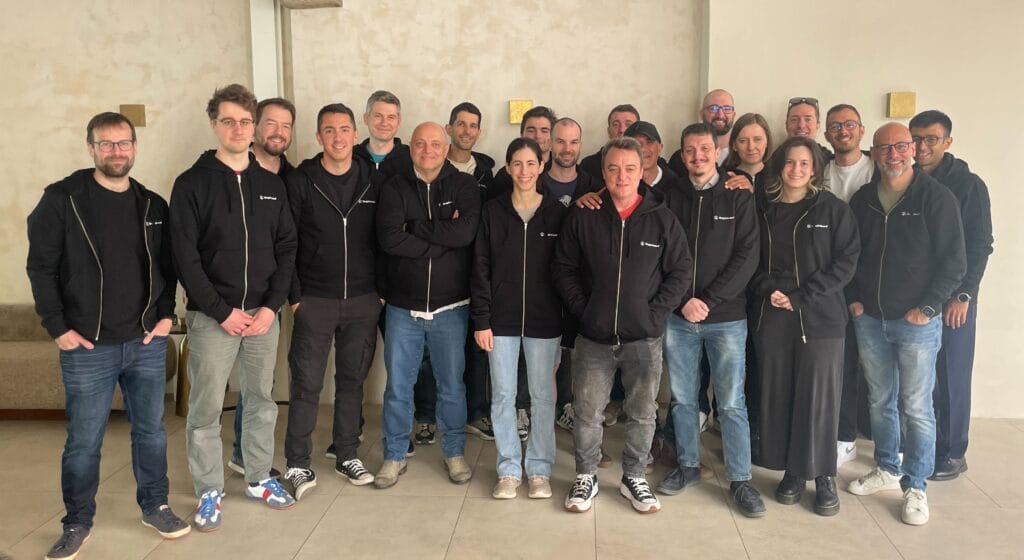Explore the key breakthroughs that defined GraphAware’s recent internal hackathon in Prague
To advance our connected data analytics platform Hume, GraphAware regularly holds internal hackathons. These events bring together our engineers from around the world to test new concepts and methods, explore innovative approaches, and share knowledge. They offer a valuable break from daily routines and create the space for substantial progress.

The hackathon was really about “giving the engineering team space to work together without the usual constraints—no delivery pressure, no support interrupts, just a chance to collaborate, learn, explore and innovate on ideas we don’t get time for in day-to-day work,” Kenneth O’Brien, engineering director at GraphAware, explains. All the topics came from the team and the ideas have been gathered throughout the year.
Exploring New Possibilities
This year, the GraphAware team focused on several key improvements. Their work included developing visualisations for geographic and temporal data series to enhance intelligence analysis. They also added the option to visually annotate canvas with both text and shapes. Additionally, the engineering team dedicated efforts to enhancing the Orchestra data ingestion engine by greatly simplifying the development experience of its workflows.
LLMs have quickly become an important tool in analysts’ toolbox and GraphAware has already added LLMs to the capabilities of Hume. At this hackathon we experimented with using LLM-powered chatbot to translate questions in plain English to SQL queries, making data understandable by the administrators without writing a single line of code.
Making Analysts’s Job With GraphAware Hume Easier
Importing data from other formats is a significant part of working with Hume and we want to make it as pain-free as possible. That’s why we worked on a more adaptable schema when importing datasets with large amounts of attributes that cannot be added to the schema upfront.
Data imports can take some time to fully process, especially within large datasets. That’s why we also worked on notification features, letting the user know when the resource-intensive task is finished so that he can immediately continue with analysing the results.
The hackathon was a great success, with all teams delivering significant advances in their respective topics. We’ll let you know as soon as these explorations become available in our product. As the innovation process never stands still, new ideas are already emerging for the next GraphAware hackathon.
